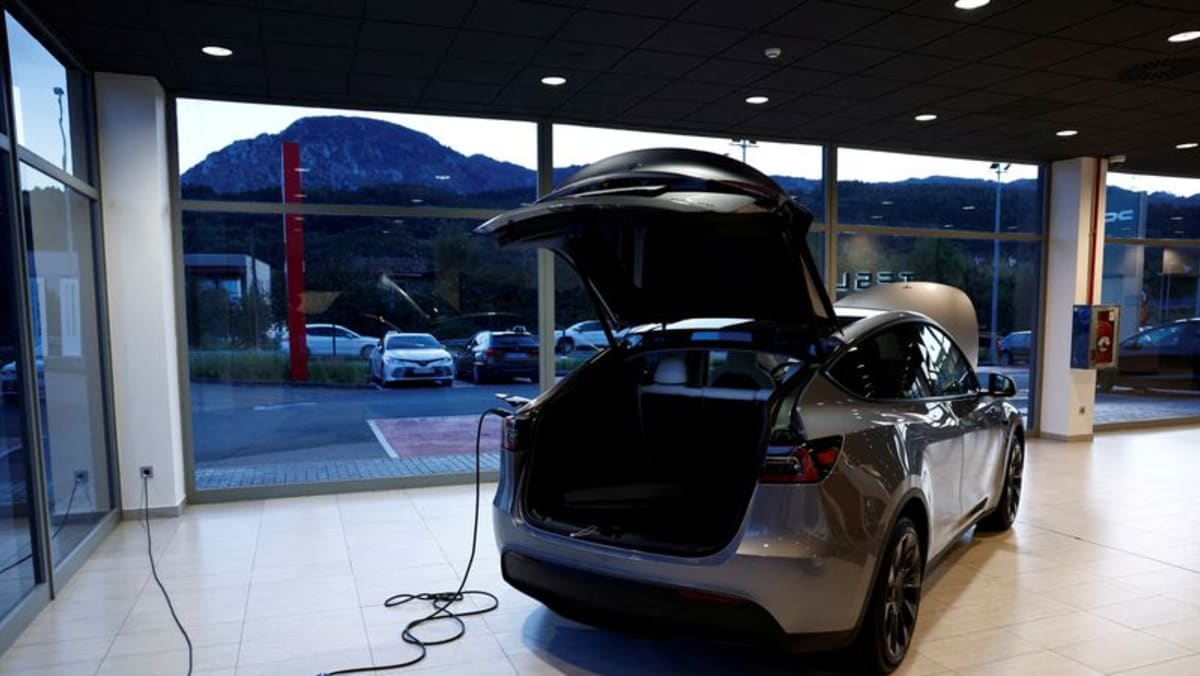The COP28 climate conference in Dubai is witnessing concerns about the slow pace of reducing fossil fuel consumption. However, one positive development is the increasing fleet of electric vehicles (EVs) globally, making a substantial impact on reducing oil demand. EV sales have outpaced projections, prompting forecasters to revise their estimates for when global oil use will peak. The International Energy Agency (IEA) anticipates that world oil consumption will reach its zenith at the end of this decade, thanks to policy support for electrification and the resultant reduction in oil demand from the transportation sector.
EVs: Game-Changer for Oil Demand
The IEA expects EVs to erase around 5 million barrels per day of world oil demand by 2030, given their increasing market share and policy incentives globally.
Global Impact on Oil Demand
Transportation accounts for approximately 60% of world oil demand, with the IEA estimating that EVs will play a significant role in reducing this demand.
BP has revised its global peak oil demand projections, aligning with the changing landscape of EV adoption.
Market Dynamics and Projections
Global EV sales currently constitute about 13% of all vehicle sales, projected to rise to 40%-45% by the end of the decade. Stricter efficiency standards and subsidies worldwide contribute to the growth of EV sales, aiming to align with climate goals set by the 2015 Paris Agreement.
Challenges and Considerations
The U.S. has introduced subsidies, including a $7,500 tax credit, to incentivize EV purchases and mitigate high sticker prices. To achieve Paris Agreement targets, the IEA suggests that EVs would need to constitute around 70% of the market by 2030.
Global Variances in EV Adoption
China leads in EV adoption due to government subsidies and favorable conditions, with EVs capturing about 25% of the market. The U.S. lags in EV affordability, with an average price exceeding $53,000, posing a challenge to widespread adoption.
Infrastructure and Market Dynamics
China surpasses the U.S. in the total number of public charging stations, contributing to its advantage in EV adoption. The rate of future EV adoption hinges on pricing, charging infrastructure availability, and government policies.
Long-Term Optimism Amid Challenges
Falling costs of EV batteries offer optimism for long-term adoption, despite challenges such as rising labor costs and interest rate impacts. The global transition to EVs is underway, with factors like technology improvements, cost reductions, and climate awareness driving the shift.
In conclusion, the proliferation of electric vehicles is reshaping the trajectory of global oil demand, with EVs emerging as a pivotal force in the transition away from traditional fossil fuels.
Source: channelnewsasia.com





